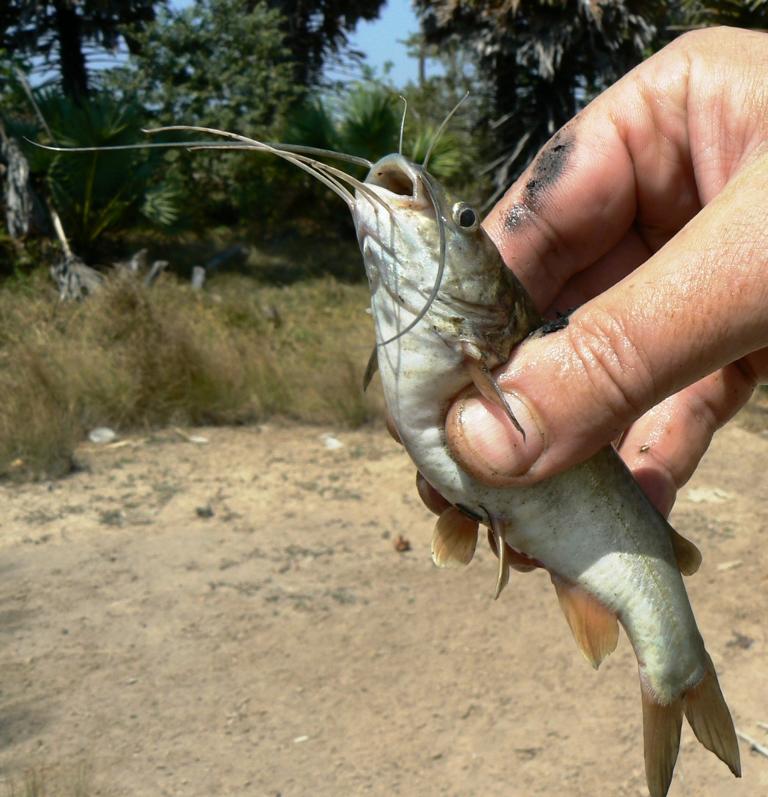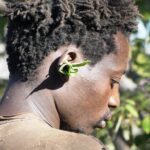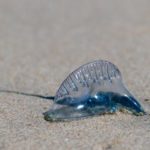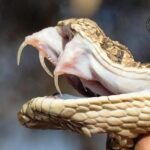There is a variety of small catfish species with dangerous spines living in Thai waters. One, a very abundant one, is locally called Pla Kod (Hemibagrus wyckioides); English common name: Asian Redtail Catfish; Thai name: ปลากด. The typical length for catching in smaller water bodies is about 20 cm (abt. 8 inches).

Adult Pla Kod, which live in large rivers, can be up to 50 inches (abt. 1,27 m) long. The appearance resembles a bullhead catfish, but Pla Kod is silvery colored and slightly slimmer built. When getting stressed, the first dorsal fin will attain a red shimmer, as there will be increased blood flow through these vessels. That’s also the reason for its common English name.
This relatively small fish has long, stout, serrated, and needle-sharp spines in front of the dorsal and pectoral fins. Under stress, Pla Kod will lock these three spines in such a way, that they don’t move backward again. The fish will wiggle vigorously and can only be held with difficulty due to its small size and slimy skin.

The spines are calciferous and relatively brittle. After getting stung (‘finned’), the spine in the wound will break off, and the serrated underside will make mechanical removal difficult.
Additionally, the spines contain venom, which initiates a twitching of surrounding muscles. This further complicates removal and contributes to the pain produced by the venom. Clinical studies have shown that the venom started acting nearly immediately, was at its peak after 30 seconds, and did not subdue over the study observation period of 15 minutes.
How to hold the small catfish
Therefore, local freshwater fishermen in Thailand treat this small catfish (Pla Kod) with high respect for its ability to inflict nasty wounds. As a first step of net harvesting, they will remove the spines of all Pla Kod in the net. They grip them from the belly side with three fingers, break the dorsal spine next to the body, and after that both pelvic spines. Only after removing these three spines do they grip the fish from above – in the way larger species of catfish are held. Pictures attached show Pla Kod’s with removed spines. Only after removing all these spines are fishermen proceeding with cleaning out their nets. Grilling and eating this fish was presented in this article on our website.
Treatment when getting finned
Now, what can be done when getting finned? A study in 2017 has shown that ‘…no inhibitory effects could be seen whatsoever….’ by a variety of commonly known drugs and blockers. It is unknown to the author if, in the meantime, a scientifically based treatment was found.
However, it is common practice among Catfish fishermen to rub the puncture with the catfish’s belly slime for about 10 seconds, which is said to completely relieve the pain. As I’m not a medical doctor or pharmacist, I can’t comment on that.
Lessons learned on dangerous spines of small catfish in Thailand
- Net fishing in natural freshwater bodies in Thailand nearly always catches Pla Kod
- All three spines of Pla Kod have to be broken off close to their body
- These spines are needle-sharp, serrated, and contain a venom
- When stung, rubbing the wound on the catfish belly slime may give relief
.




